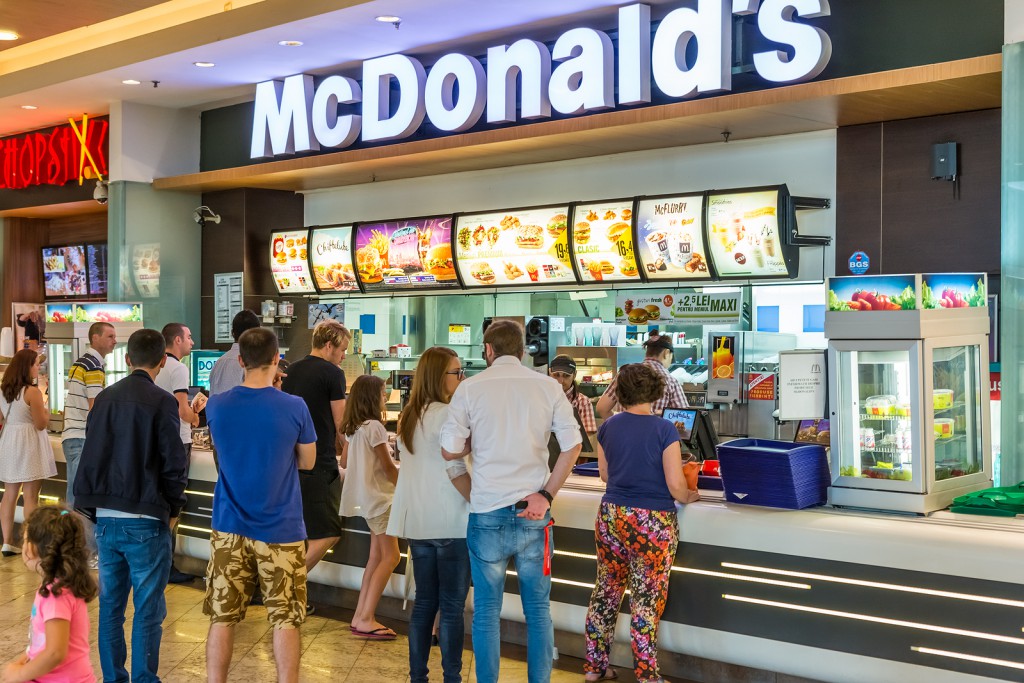
With workers requesting a minimum wage of $15 an hour, some fast food companies are considering ordering kiosks to cut costs.
At a time when fast-food workers are taking to the streets to demand a $15 minimum wage, technology companies are working behind the scenes to render some human-held industry tasks obsolete.
Those in the tech industry say much of work employees in these settings do could become automated within the next decade or so. Other tasks, such as ordering and paying, are already going high-tech in some restaurants.
Mobile apps and touchscreen kiosks are making this possible with restaurants like Chipotle and Five Guys jumping on the bandwagon.
The 1st Frontier – Mobile Ordering, Payments
As tech firms develop robotic technology that may one day automate some of the work humans perform in cooking and serving food, other technologies are already rising to take a few chores off fast-food workers’ plates.
Companies, such as Olo, are stepping up to create mobile ordering and payment technologies for restaurant chains. That company’s founder and CEO, Nigel Travis, envisions a future where customers will no longer have to stand in long lines to place their orders courtesy of their own smartphones.
Many restaurants are already taking advantage of technology to empower their customers to place and pay for their orders via mobile apps and kiosks.
Some that have taken the leap are finding side benefits go along with the prospect.
Taco Bell, for example, has discovered customers who order through its mobile app have a greater tendency to request add-ons.
The average bills for mobile customers are about 20% higher than for those who order through human cashiers.
The Struggle to Survive
The rise of automation technology comes as a time when fast-food workers across the country are rallying for what they deem to be a living wage, $15 an hour.
On the other side of the argument, franchise owners are seeking ways to save on labor costs to keep profits high and doors open as the tide turns in favor of labor.
Those on both sides of the coin explain their situations as a battle for survival.
With cities such as Seattle, Los Angeles and San Francisco all approving a $15 minimum wage, franchise owners fear labor costs may drive them out of business or force higher prices that may be off putting to customers.
Enhanced automation, they argue, will enable them to keep prices low, doors open and a reduced staff paid.
What the Future Holds
While fully automated restaurants staffed by robots remain a topic for the future, even labor unions say technological advancements could prove beneficial not only for restaurants’ bottom lines and customers, but also for workers themselves.
As it did for the agricultural industry, technology may one day make more dangerous restaurant jobs safer while easing the burdens of tedious work, some argue.
Mary Kay Henry, Service Employees International Union (SEIU) president, sees new technology as an opportunity for restaurants to “figure out other things that people can do with their labor that would be more satisfying. We would want to encourage innovation.”
That innovation is coming, those in the tech industry say. Just how soon and how complete remain the questions.





